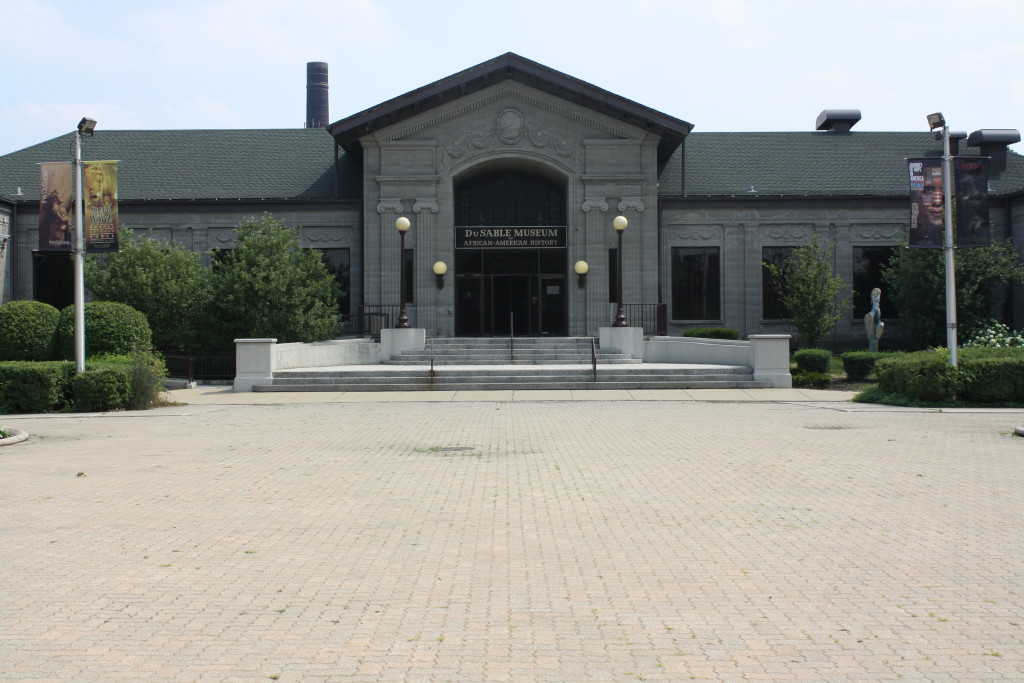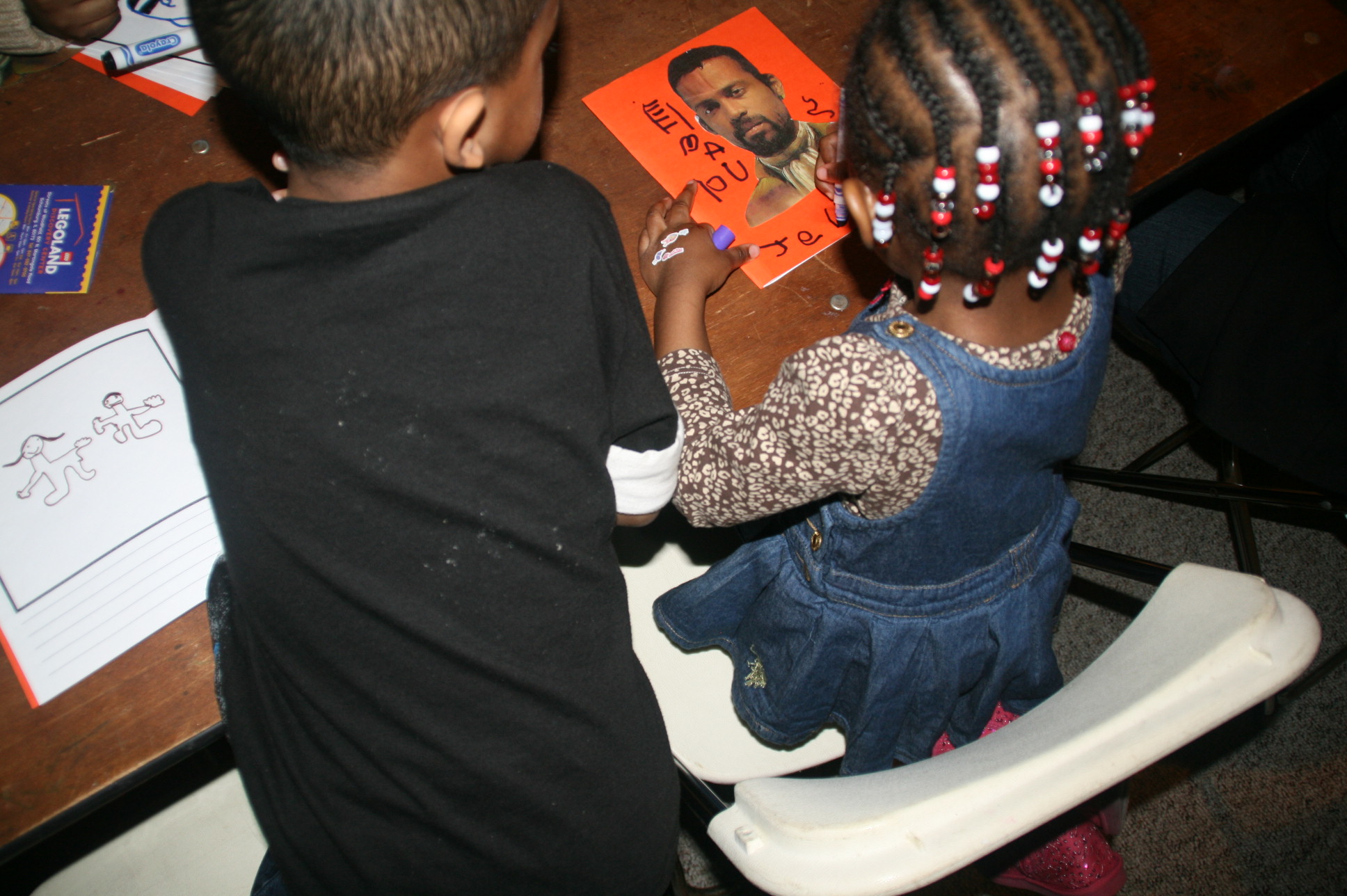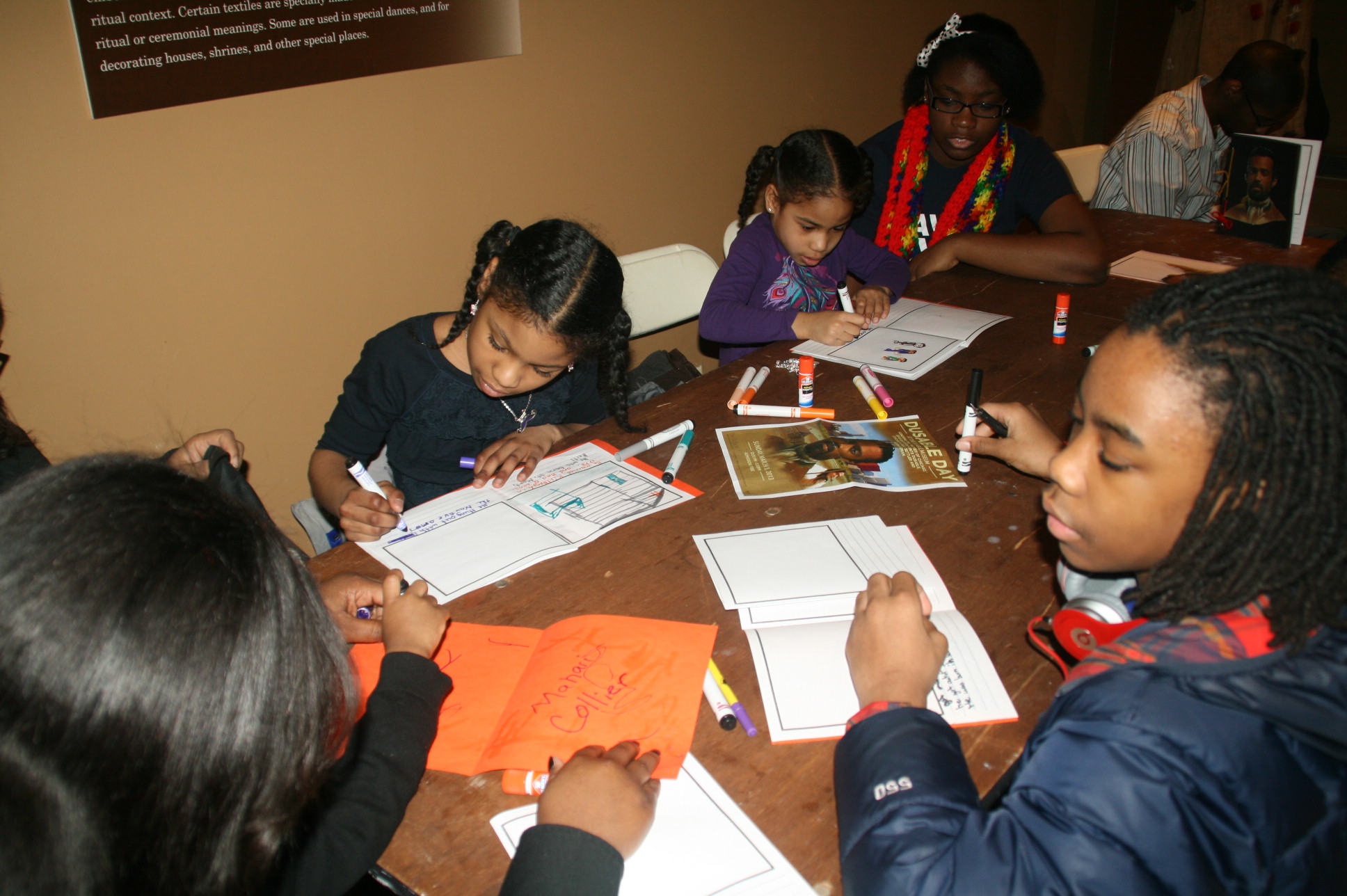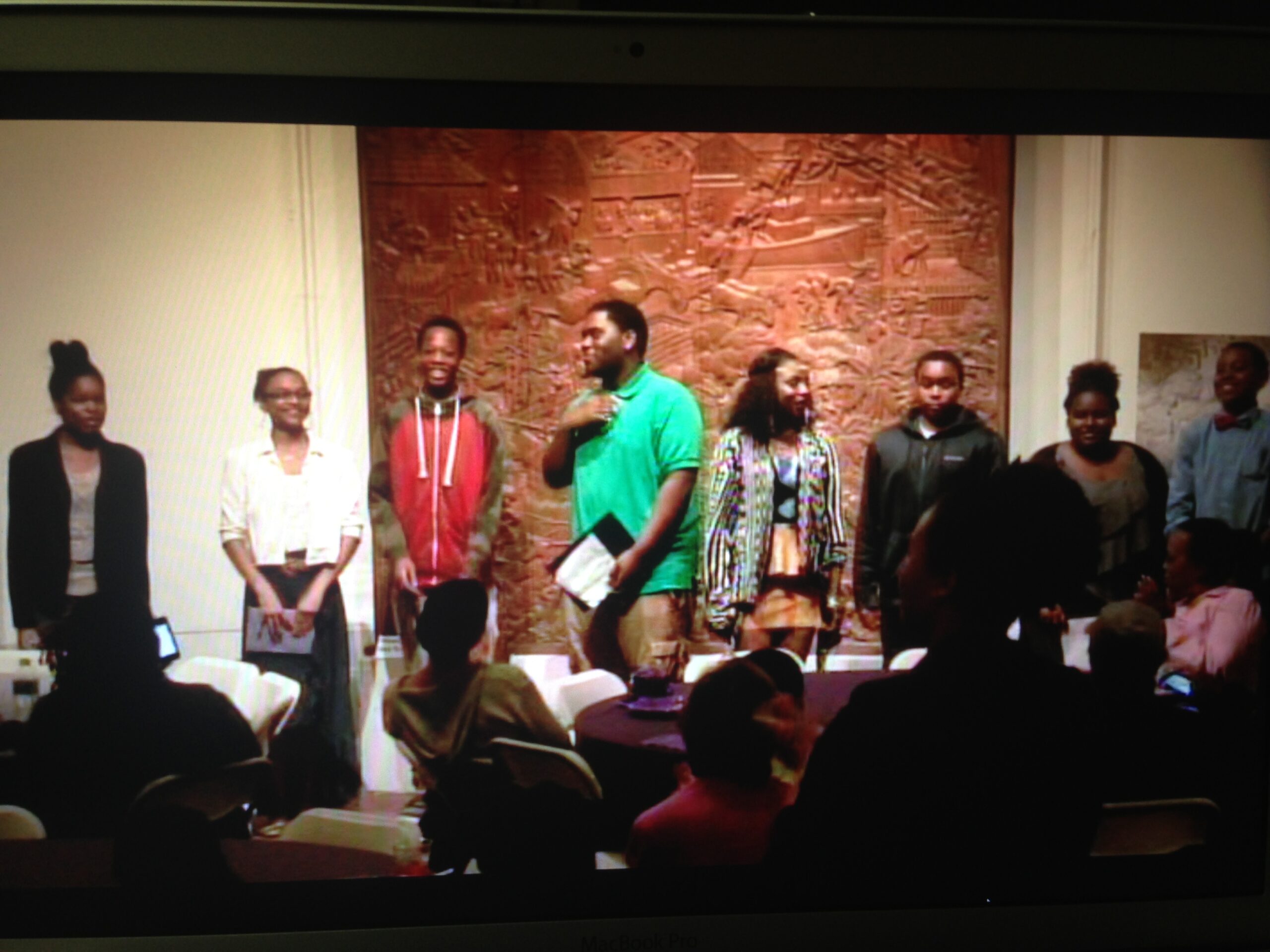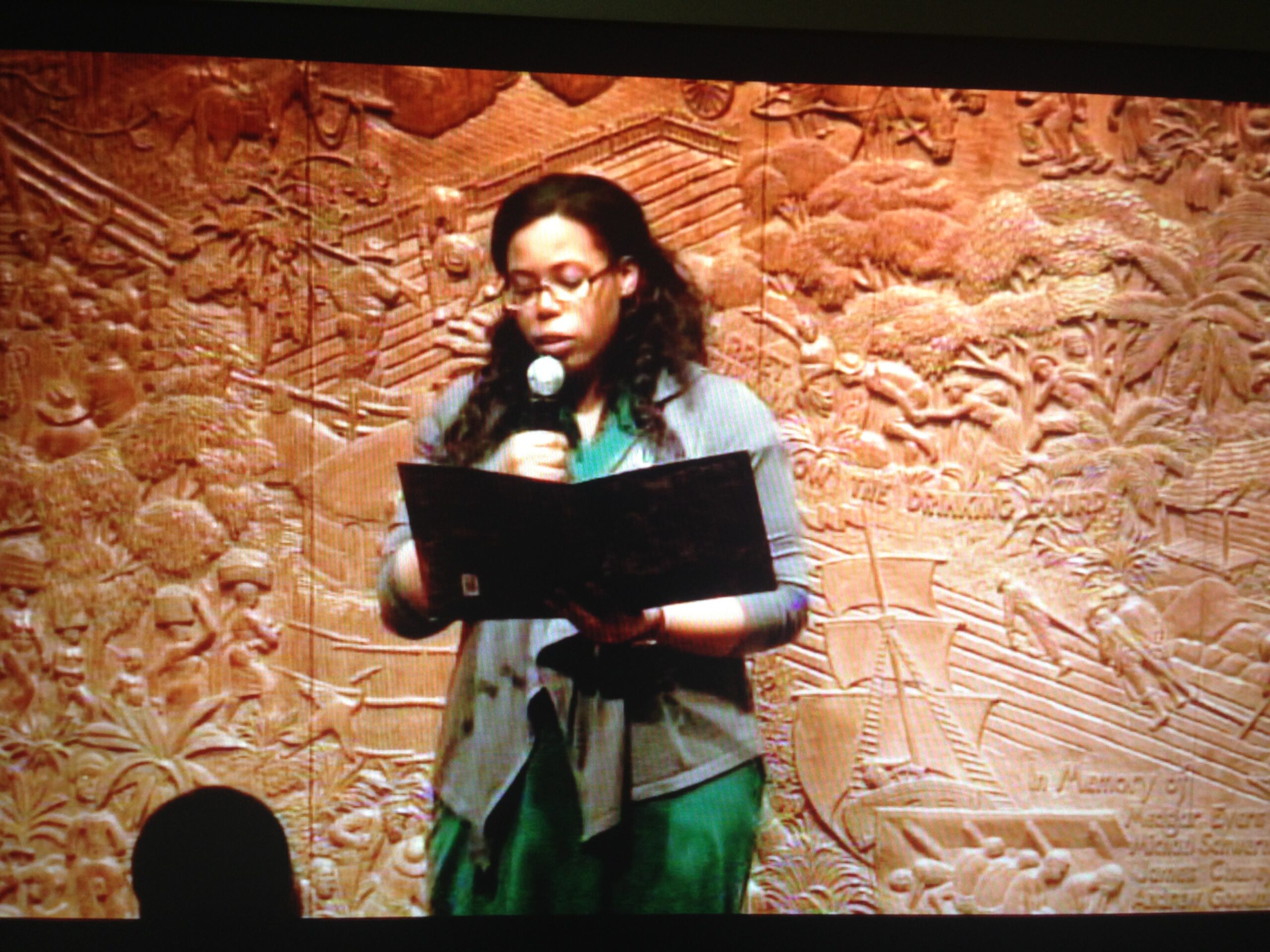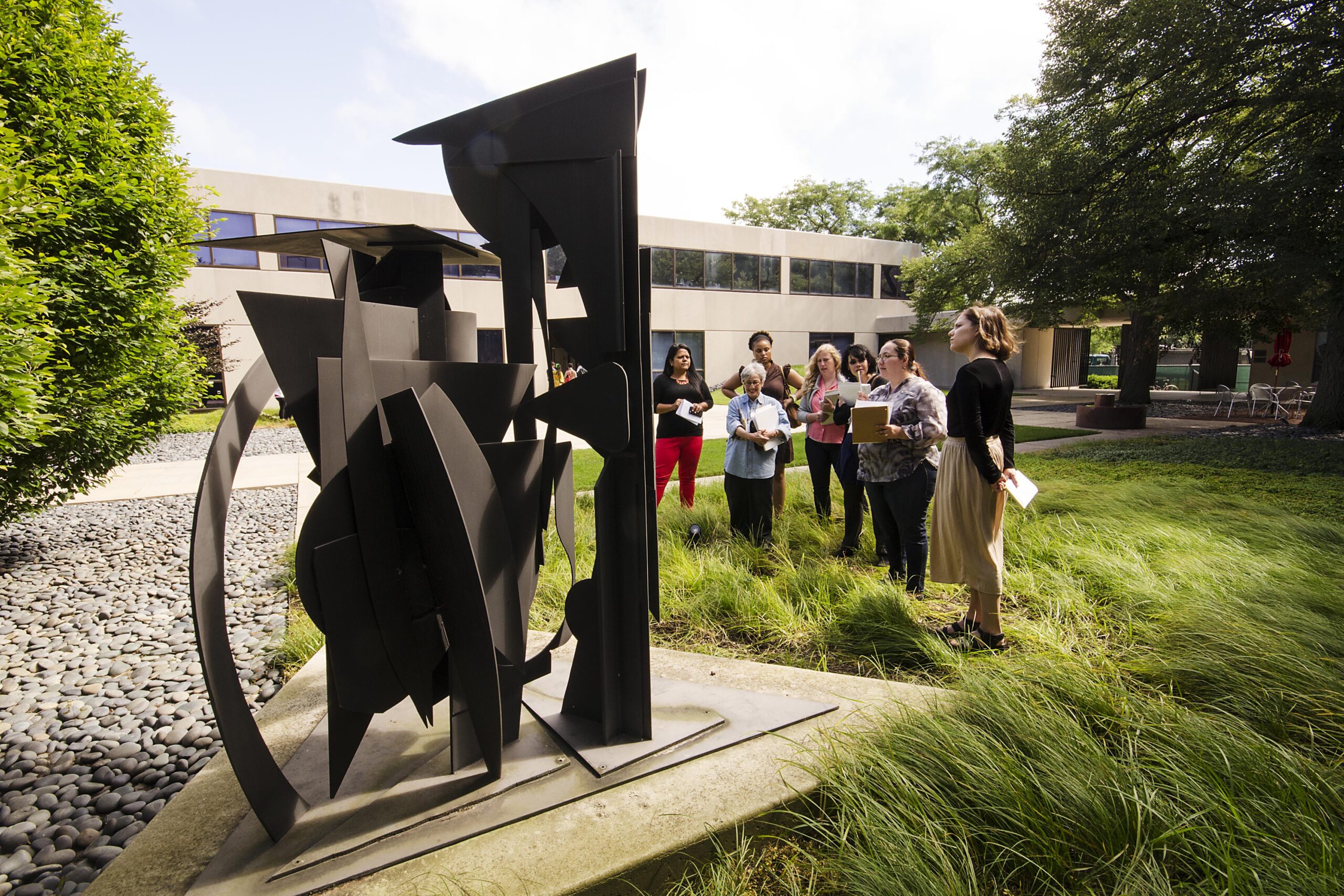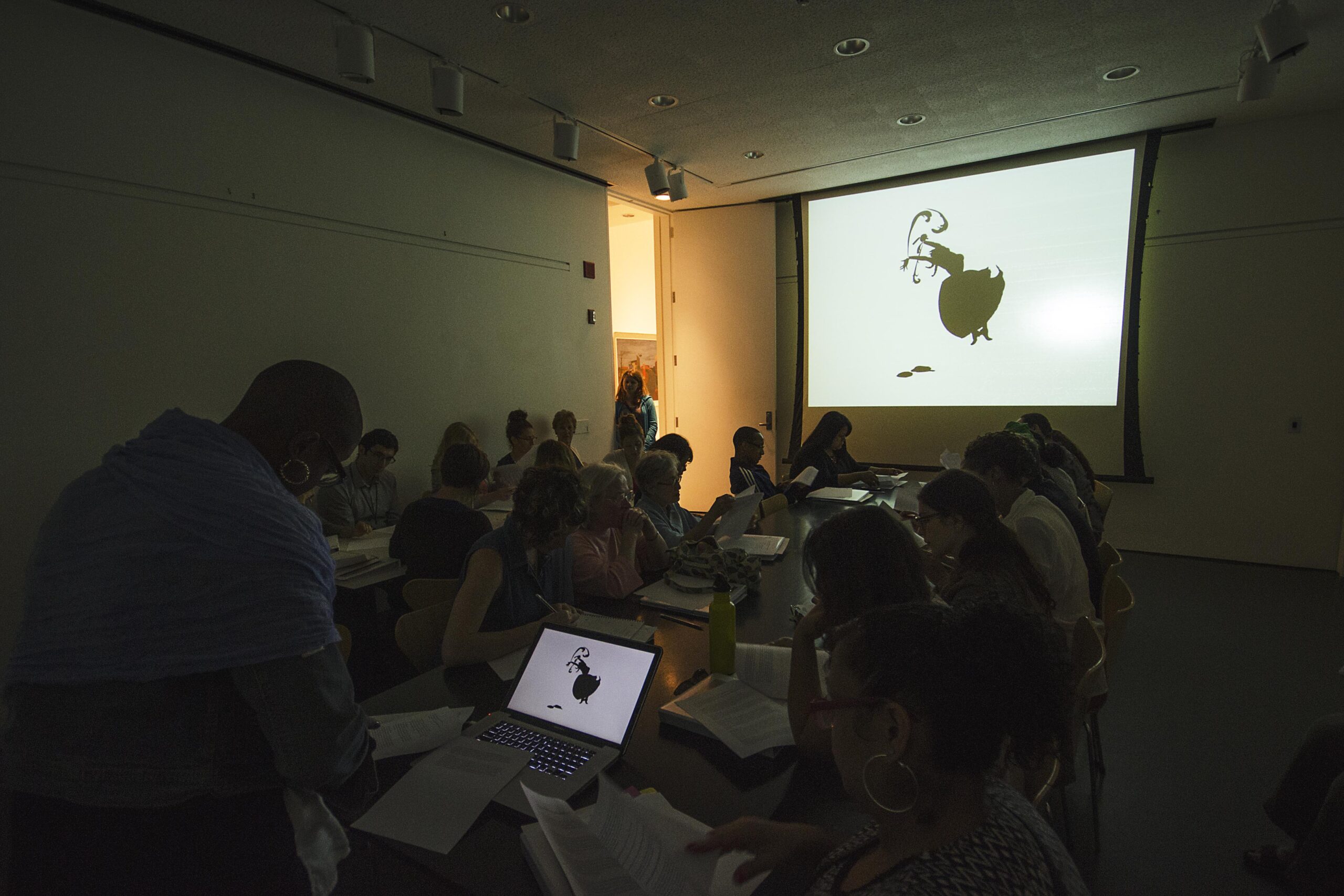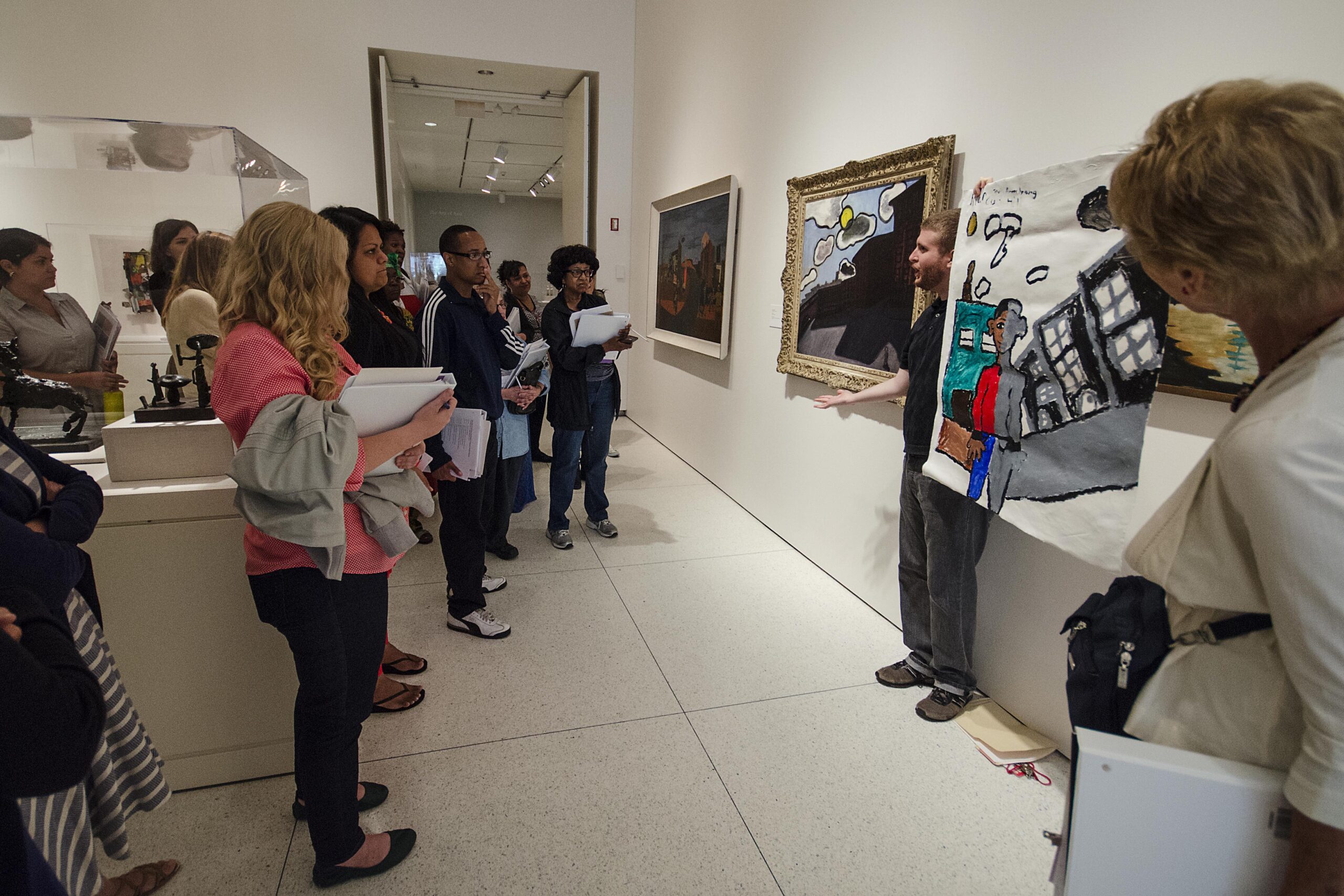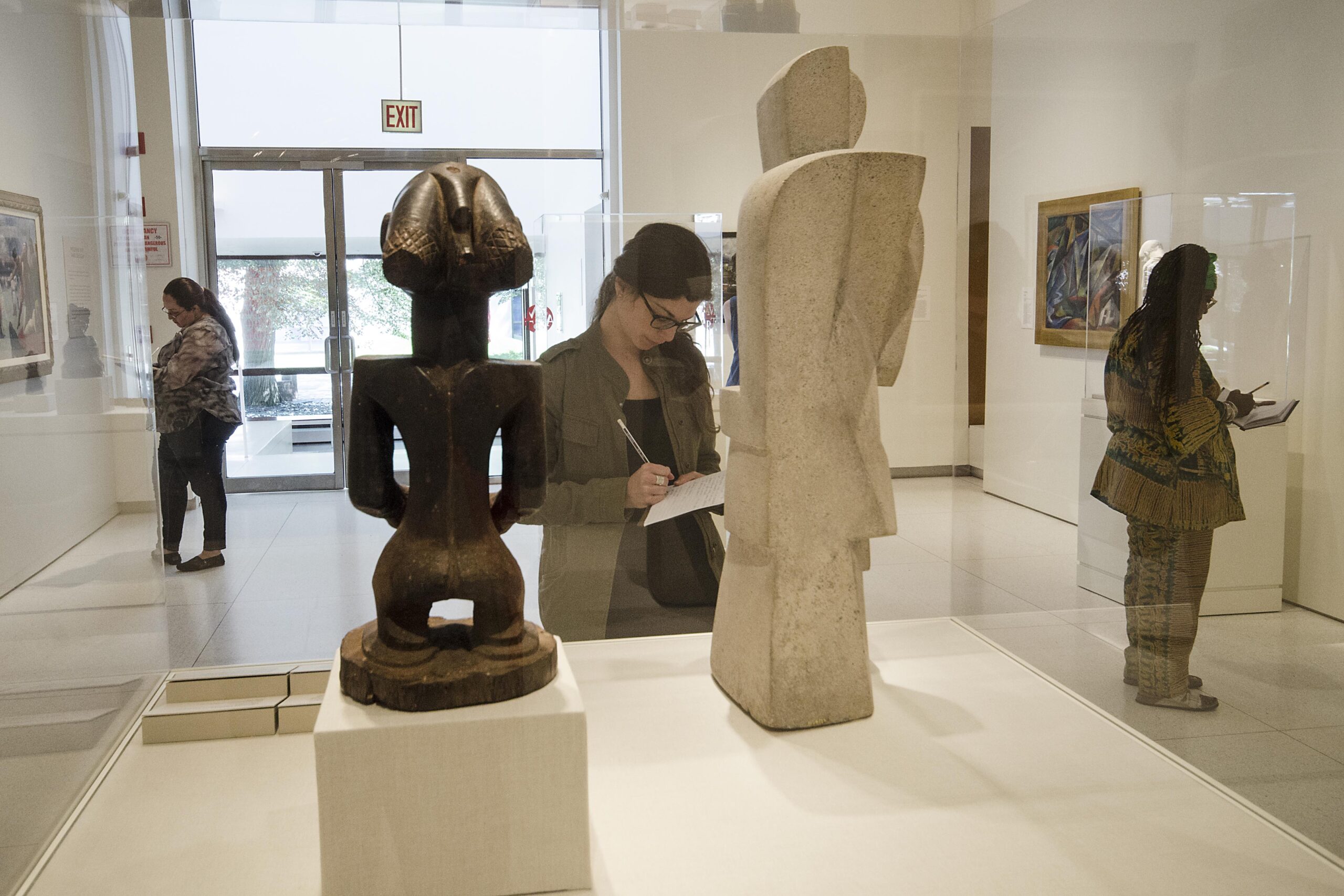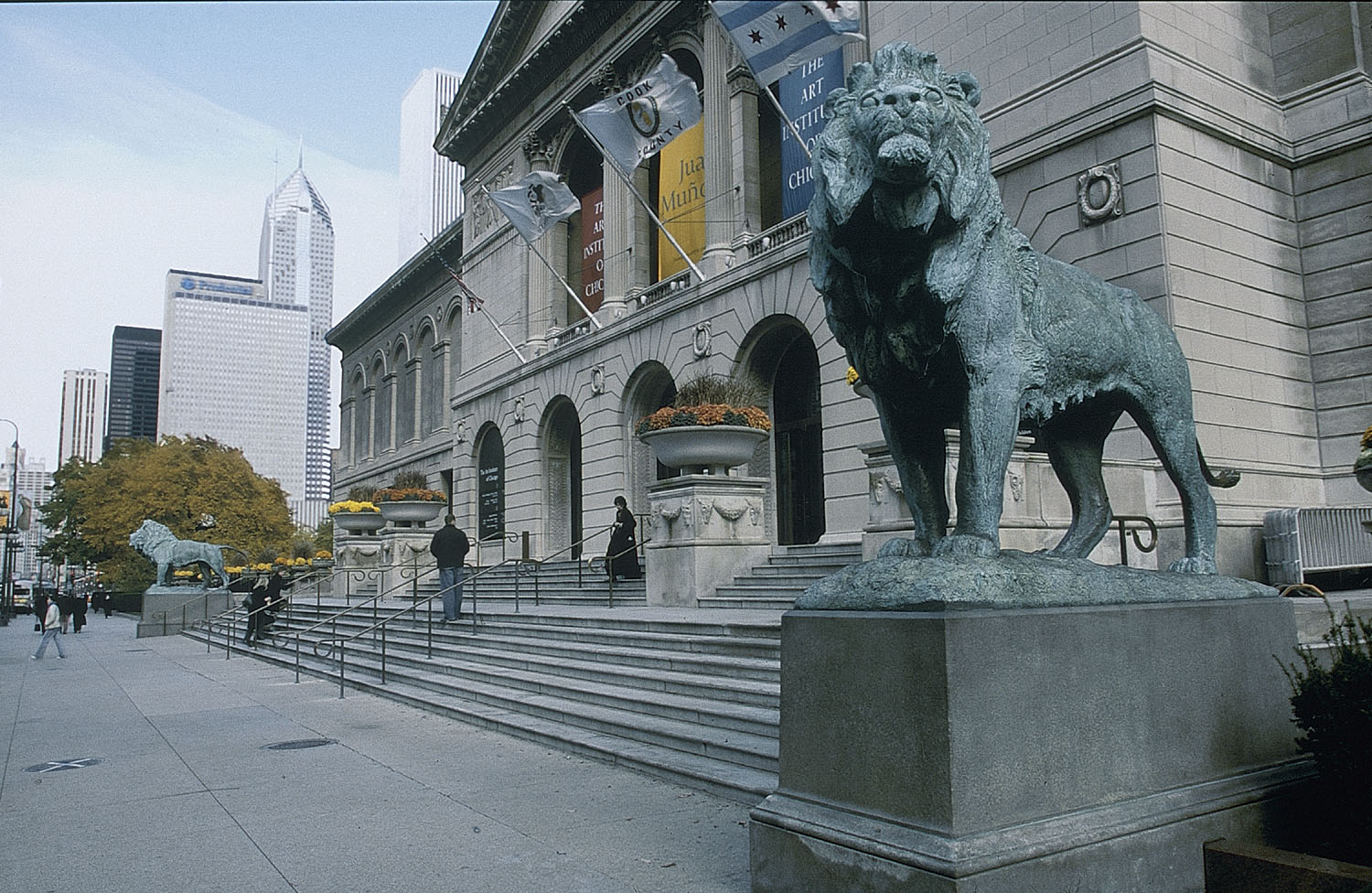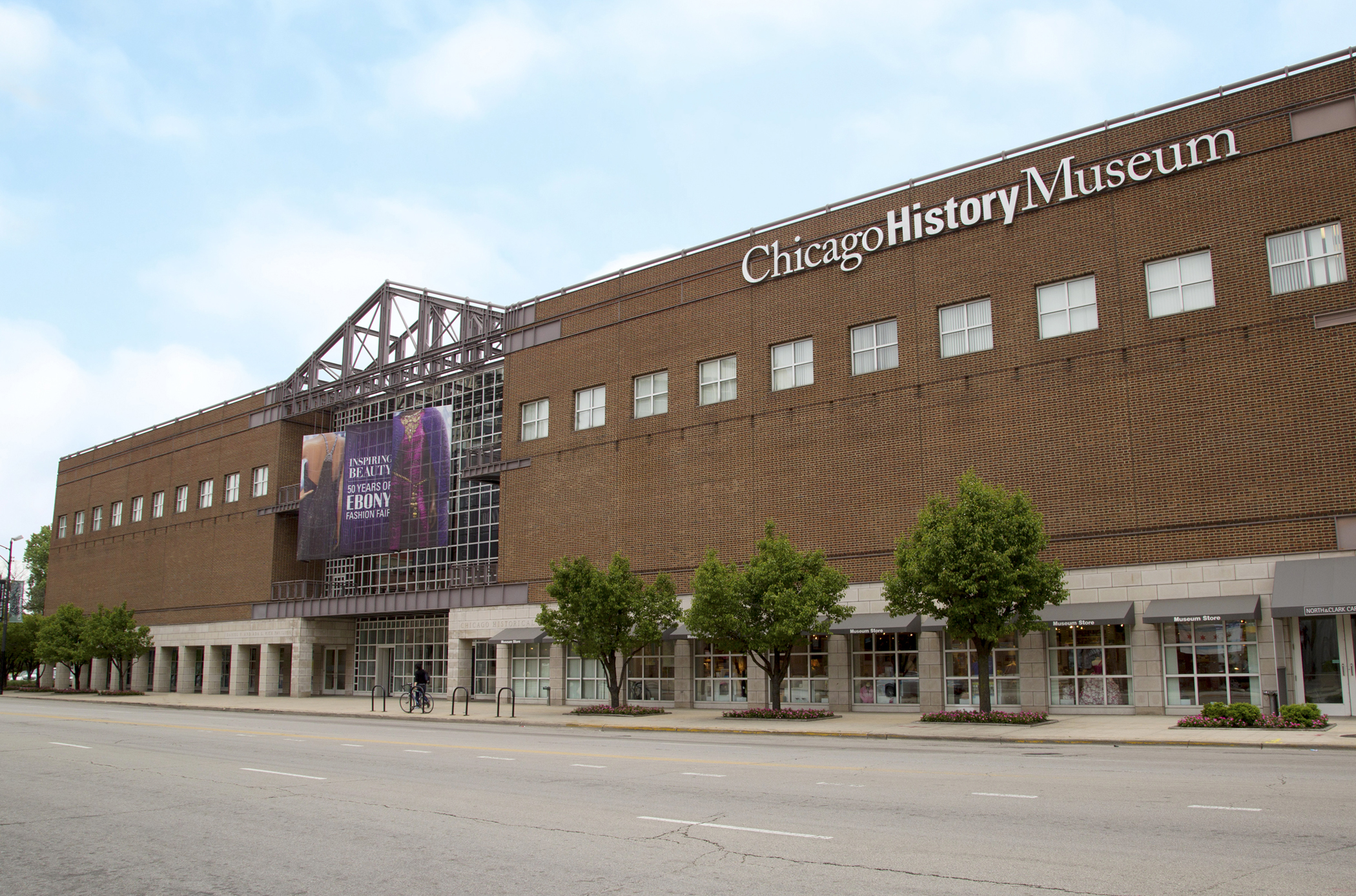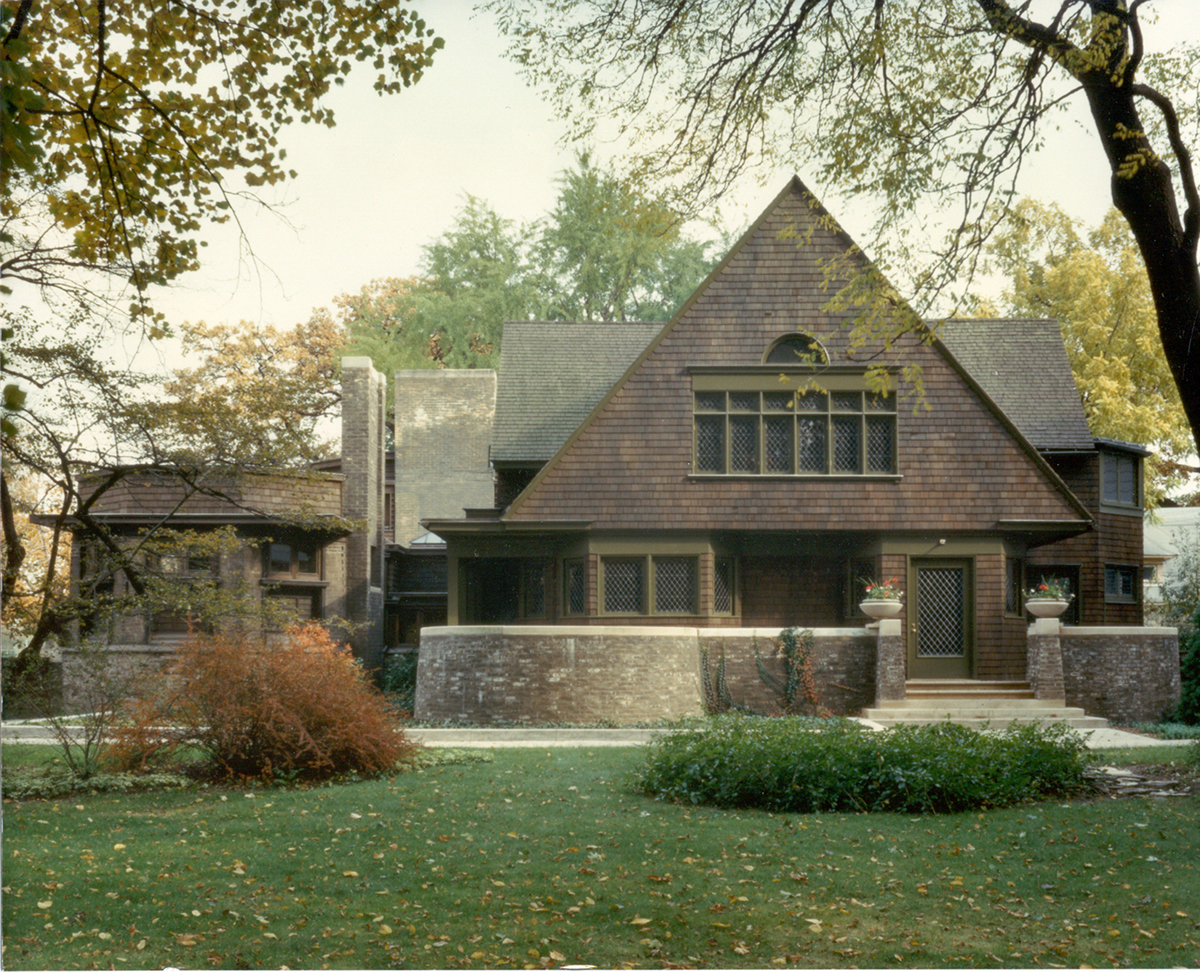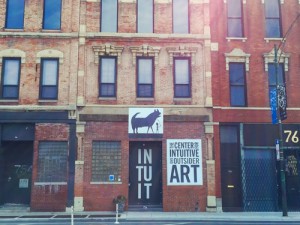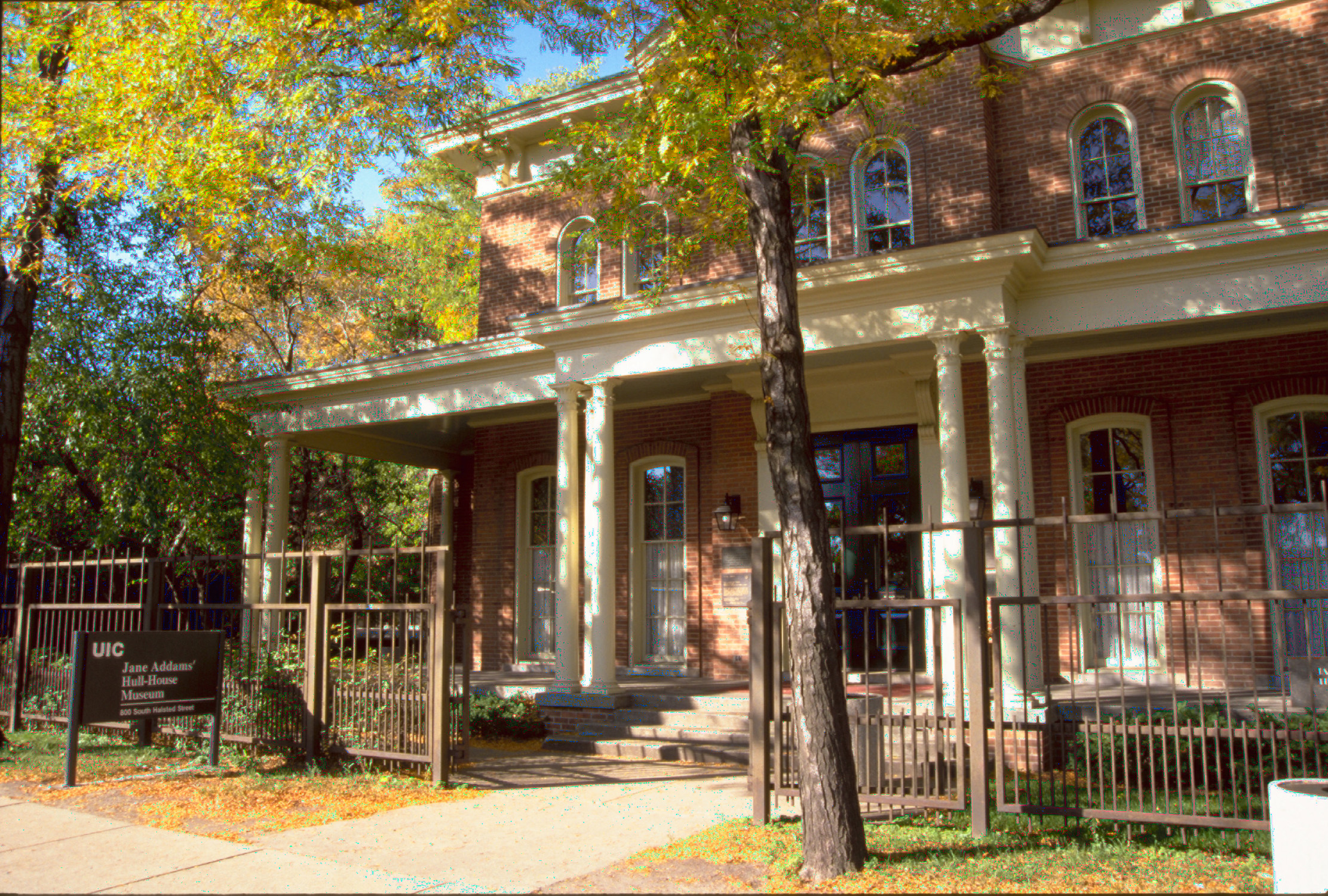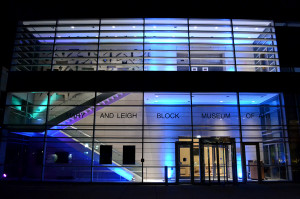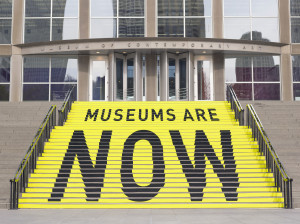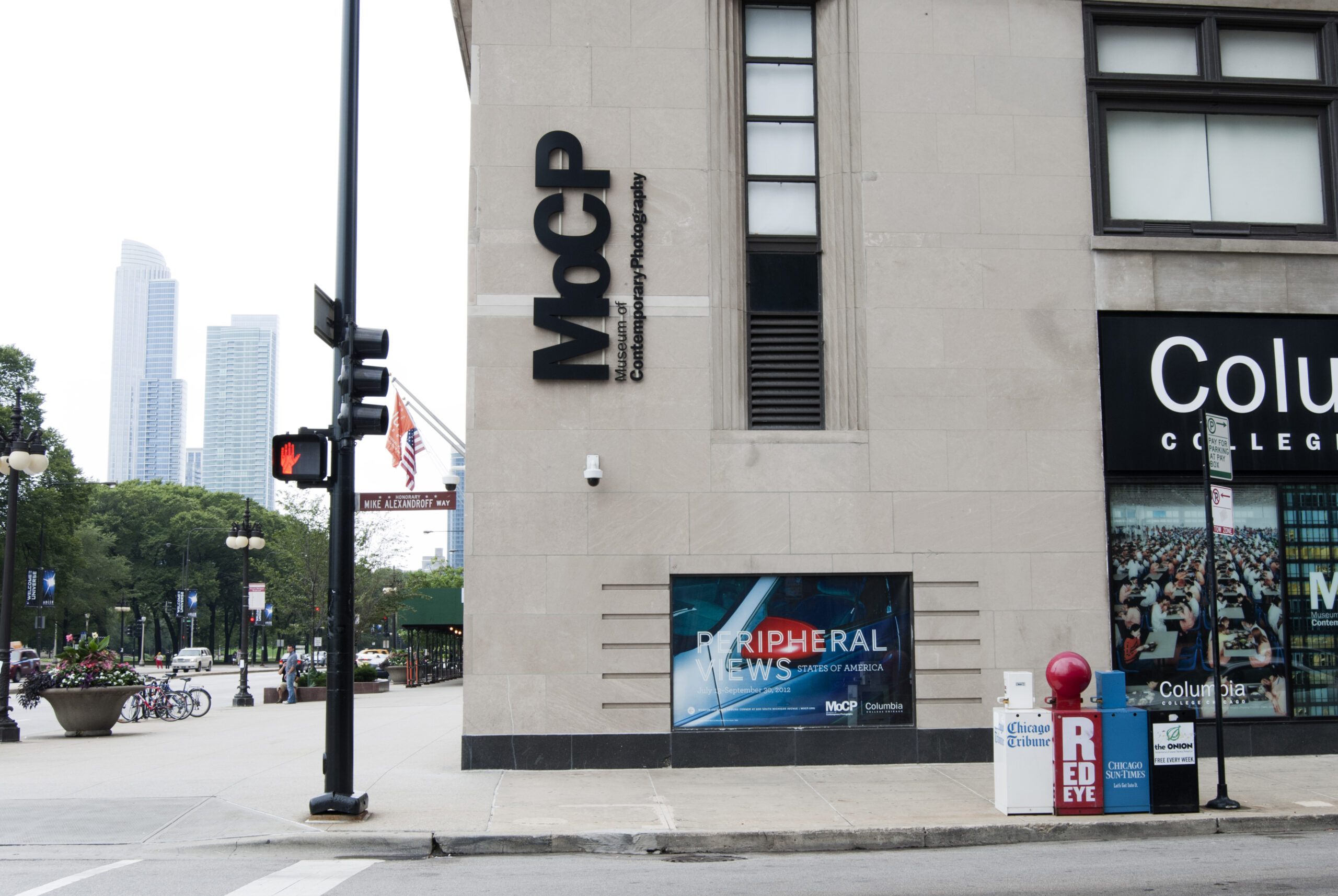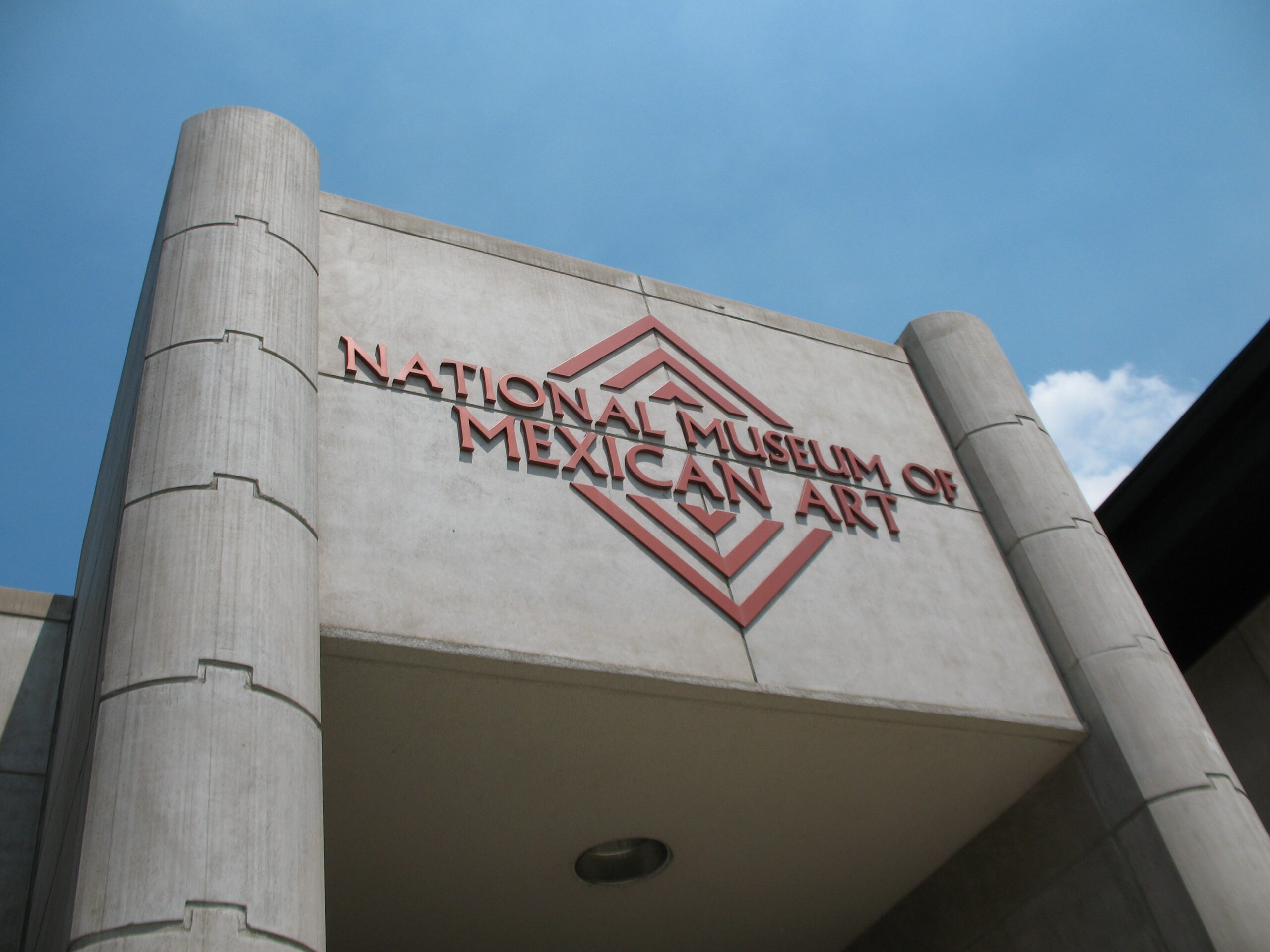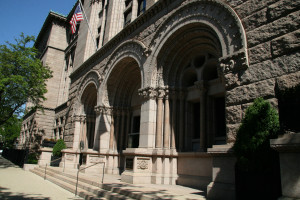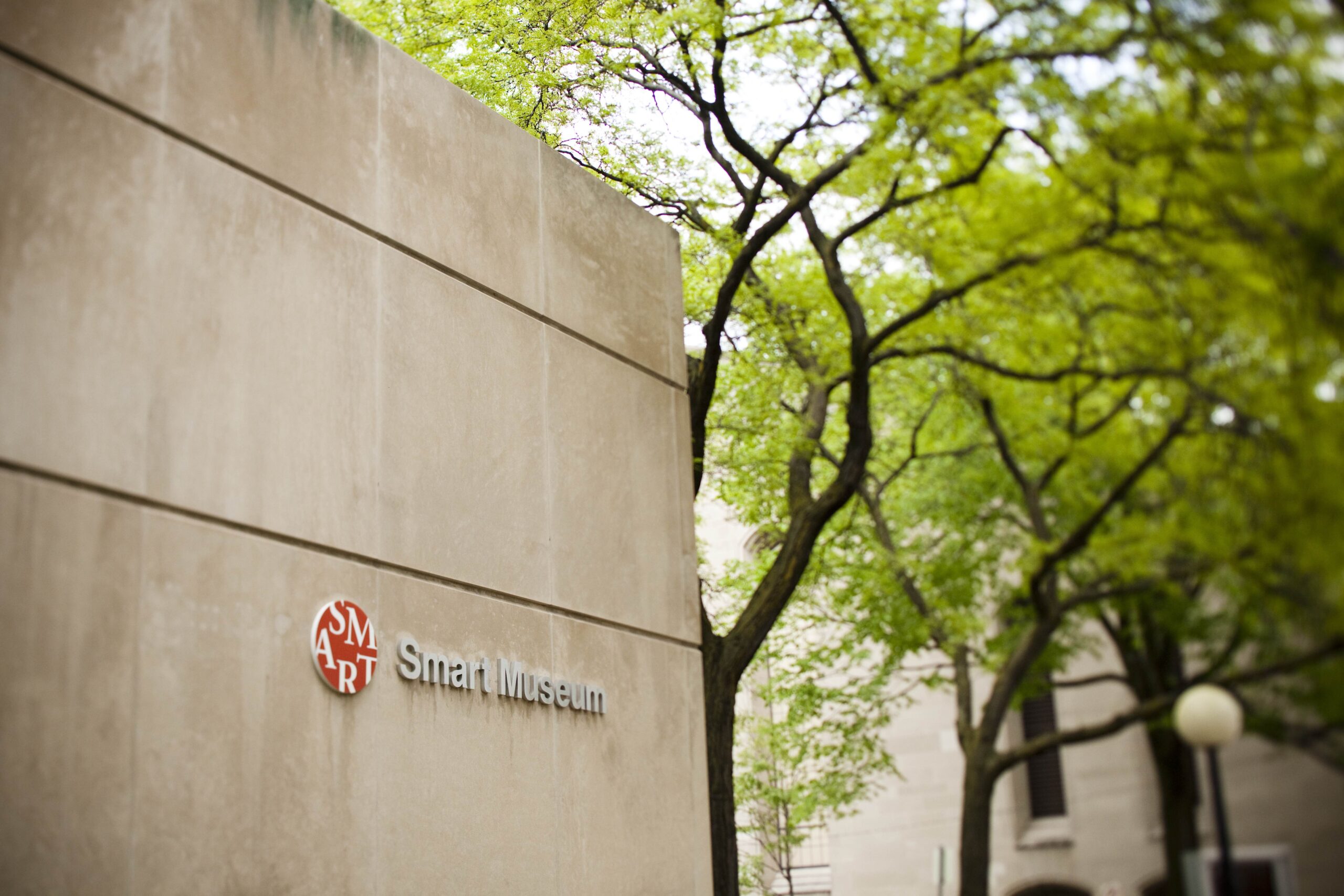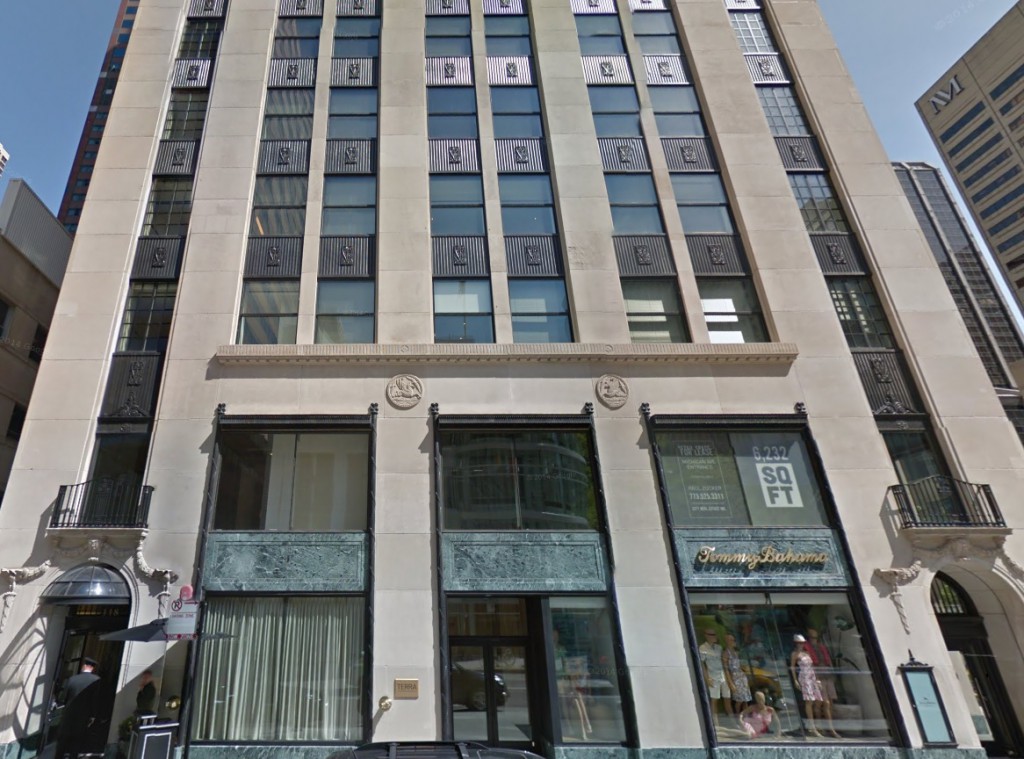740 E 56th Place, Chicago, IL 60637
Participating Staff
- Jomo Cheatham
- Nevada Montgomery
- Pemon Rami
Project: What Will Your Legacy Be?
What Will Your Legacy Be? taught high school students of art, history, and social studies in grades 9-12 about the life, artwork, and community service of artist and DuSable Museum of African American History co-founder Dr. Margaret Burroughs, and addressed what students can do to create their personal legacies. Before their visit to the DuSable Museum, students participated in a lesson that required them to investigate injustice and the people who work to combat it. During their visit to the DuSable Museum, students received a tour of the exhibition “Phenomenal Woman: The Art of Margaret Burroughs.” Students studied three works of art by Margaret Burroughs Sojourner Truth (1961), Harriet Tubman (1953) and Harriet Beecher Stowe (1953). Students then created prints and poems centered on ways in which they can ensure a more just world.
Key learning objectives
- Understand how art can be used to illuminate injustice and learn about the individuals who work to secure a more just world.
- Learn how individuals can make a difference in their communities through community service.
- Gain knowledge of the life, artwork, and community service of Dr. Burroughs.
CCSS connections
CCSS.ELA-Literacy.RI.9-10.7 Analyze various accounts of a subject told in different mediums (e.g., a person’s life story in both print and multimedia), determining which details are emphasized in each account.
http://www.corestandards.org/ELA-Literacy/RI/9-10/7/
CCSS.ELA-Literacy.SL.9-10.1A
Come to discussions prepared, having read and researched material under study; explicitly draw on that preparation by referring to evidence from texts and other research on the topic or issue to stimulate a thoughtful, well-reasoned exchange of ideas.
http://www.corestandards.org/ELA-Literacy/SL/9-10/1/a/
How the program addresses the standards:
The pre-visit activity requires students to analyze a form of injustice described in multiple media and formats, such as newspaper articles, poetry, and visual art. During the museum visit, students discuss their research and ideas regarding how art can be used to illuminate and combat injustice.
Sample materials
Download student work samples from this program here.
Project: The Legend of Jean Baptiste Pointe DuSable & Early Chicago
The Legend of Jean Baptiste Pointe DuSable & Early Chicago taught students of art, history, and social studies in grades 3-5 about the life and history of Jean Baptiste DuSable, Chicago’s first non-native settler. Students visited the DuSable Museum of African American History to explore artworks, including a mosaic and a series of vignettes about DuSable. Students participated in a docent-led discussion centered on DuSable’s role in the early history of Chicago, including DuSable’s interactions with the Potawatomi Indians. Next, students created an illustrated storybook, which showcased his courageous story. Lastly, students participated in crafts and activities centered on Native American art and culture.
Key learning objectives
- Learn about the life of Chicago’s first non-native settler.
- Gain knowledge of the culture of the Potawatomi Native Americans.
CCSS connections
CCSS.ELA-Literacy.CCRA.W.2 Write informative/explanatory texts to examine and convey complex ideas and information clearly and accurately through the effective selection, organization, and analysis of content.
http://www.corestandards.org/ELA-Literacy/CCRA/W/2/
How the program addresses the standards:
Students write and illustrate a storybook about DuSable’s life story. This activity displays students’ understanding of the information they’ve heard, discussed, and viewed.
Project: Summer Teacher Institute
The DuSable Museum of African American History, Jane Addams Hull-House Museum, National Museum of Mexican Art, and Smart Museum of Art co-host an annual Summer Teacher Institute that fuses American art, the Common Core State Standards (CCSS), and the vision of museums, educators, and students as agents for social change. The program launched in 2013 as an outcome of the Terra Foundation’s American Art at the Core of Learning program.
The July 2014 Summer Teacher Institute, Activating Art for Peace and Justice, was a five-day intensive experience exploring American art at the crossroads of peace and justice. American artists are known for creating work which supports consciousness-raising, movement-building, and enacting social change. During the Institute, teachers, museum professionals, and guest presenters gathered to develop methods to guide students in examining historical art to uncover the systems that construct individual and cultural identities, while cultivating insights and inspiration for peacemaking and social justice.
The Summer Teacher Institute engaged teachers with museum collections from each participating organization and introduced best practices in art education including Visual Thinking Strategies (VTS) and facilitated dialogue. Armed with tools for critical visual literacy, educators developed arts-integrated curricula exploring themes of peace and justice to take back to their classrooms. In addition, participating teachers scheduled field trips to bring their classes to one or more of the participating cultural organizations.
Key learning objectives
- Teachers will learn about resources from the Jane Addams Hull House Museum, Smart Museum, National Museum of Mexican Art, and the DuSable Museum.
- Teachers will increase knowledge About American art that examines and reflects social change and democratic ideals from the late 19th century.
- Teachers will learn art interpretation strategies to discuss issues of peace and justice.
CCSS Connections
Key Ideas and Details:
CCSS.ELA-LITERACY.CCRA.R.1
Read closely to determine what the text says explicitly and to make logical inferences from it; cite specific textual evidence when writing or speaking to support conclusions drawn from the text.
CCSS.ELA-LITERACY.CCRA.R.2
Determine central ideas or themes of a text and analyze their development; summarize the key supporting details and ideas.
CCSS.ELA-LITERACY.CCRA.R.3
Analyze how and why individuals, events, or ideas develop and interact over the course of a text.
Integration of Knowledge and Ideas:
CCSS.ELA-LITERACY.CCRA.R.7
Integrate and evaluate content presented in diverse media and formats, including visually and quantitatively, as well as in words.
CCSS.ELA-LITERACY.CCRA.R.9
Analyze how two or more texts address similar themes or topics in order to build knowledge or to compare the approaches the authors take.
What we learned
Activating Art for Peace and Justice employed a robust evaluation plan to understand the impact of the project. Ultimately our evaluation revealed that the STI was a positive, refreshing, engaging, and inspiring experience for teachers.
Many participants described Activating Art for Peace and Justice as an inspiring experience. The sources for this inspiration included the interactive activities, teaching strategies, sense of community within the cohort, and the overall fun and festive mood of Activating Art for Peace and Justice. Participants believe that this sense of inspiration will improve their teaching quality and that it will last throughout the school year.
The Smart Museum and the other facilitating organizations received helpful feedback from STI participants that directly impacted the 2015 iteration of the Summer Teacher Institute. Participants requested more time to engage with art and model techniques in the galleries as well as extended time for touring and becoming familiar with the museum collections.
Quotes from Participants
- “I feel like the whole week has provided me with enough ideas/inspiration/strategies to fill a whole year. These will all be integrated into my curriculum for years to come, from the VTS/facilitated dialogue to the different icebreakers (i.e. value line, privilege line, root cause tree, etc.) i am so inspired and excited.”
- “THANK YOU! PLEASE OFFER MORE PROGRAMS LIKE THIS IN THE FUTURE! It is so very rare to have the opportunity to work with like-minded, positive individuals as we share our ideas about social justice issues, lesson plans, challenges, art inspiration… We need more positive, action-minded opportunities like this.”
- “I know that by attending this seminar my teaching of the visual art program at my school will increase in quality 100%!”
- “The best part about this was that it was longer term than most other professional development opportunities and we got to discuss and collaborate with other passionate teachers. Everyone (participants and facilitator) is so positive. Wish I could work with these individuals all the time.”
- “The instructor and staff’s knowledge made me feel comfortable with the material myself. It also inspired me to push myself out of my regular teaching habits because their knowledge gave me so many new ideas about implementation of thinking strategies.”
- “I have learned a great deal about how to facilitate discussions around some topics that may seem intimidating at first, especially at the elementary level. I feel like I have a good grasp of how to get my students to participate in conversations that revolve around issues that they deal with or maybe push them to think critically about social justice issues/justice/peace in ways that they don’t get to in other classrooms.”
- “I learned new strategies for questioning and got very comfortable with them. I feel very motivated to use open-ended questioning and visuals to explore these social justice issues–No wrong answers :)”
- “I’ve learned so much about how to weave together social justice issues with my art curriculum in elementary school. Having the opportunity to do this with educators from across the city/across grade levels/across subject area has also inspired me to look at art with fresh eyes and think of new ways to introduce and discuss familiar themes.”
Sample Materials
Download sample materials provided to teachers in this program here.
Download a sample lesson from this program here.
Watch a video about the program here.

